Did you know color effect our mood, performance in office or in bedroom also? Do you have an idea what colors make you happy?. Have a knowledge of color psychology? I think many of us have some like and dislikes about certain shades of colors. We unconsciously like some colors or particular color effect makes us happy or sad. So, here we get some ideas about color effect on human mind. But my overall description based and helpful in selection of room color shades for your home decor.
How Room Color Effect on Mood and Behavior.
So, designers – as we know every shades of color have their particular effects on human mind. And under that color effect, human mind react. That is the reasons behind the selection of particular colors in marketing, also.
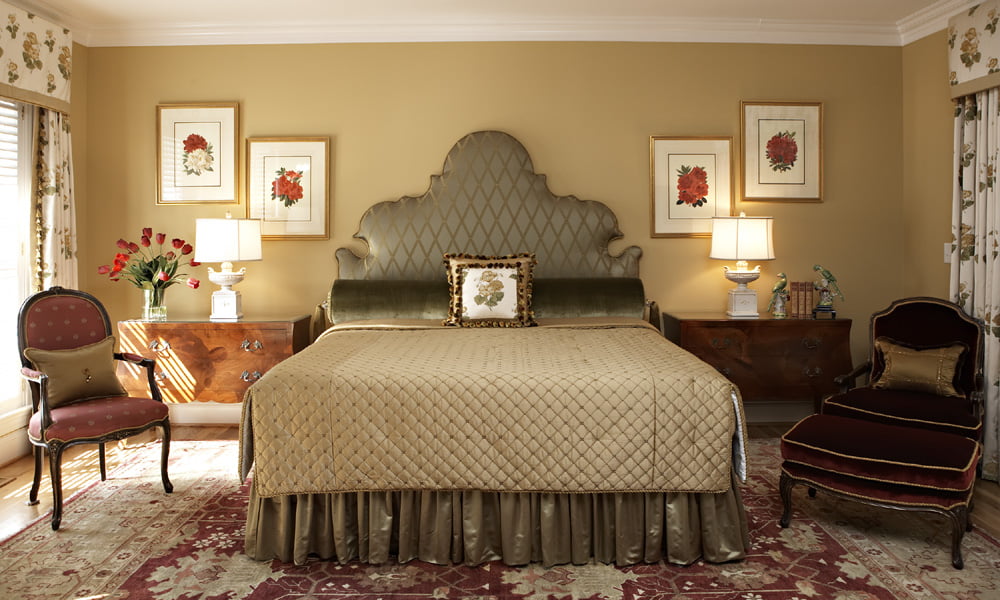
Do you know what color makes people want to buy something? Red is the perfect guess. So, let’s get some basic knowledge about color effect on mood, human mind, human behavior and what is the color psychology.
There are three basic colors.
What are the Primary Colors?.
There are three primary colors shades. They are the hues yellow, blue, and red. These three colors are the hues that in theory can be mixed to make all other colors. If you mix these three primary colors, it would produce black color.
What are the Secondary Colors?.
When we mix two primary colors that create a secondary color. There are three secondary colors, with secondary colors shades of green, violet or purple and orange.
So, how to make Orange color. Orange creates by mixing of red and yellow. Same way Violet or purple is prepared by mixing of blue and Red. And Green Color makes mixing of yellow and blue.
What are the Inter Mediate or Tertiary Colors?.
The third sets of hues are known as tertiary or intermediate colors. These intermediate hues are made by mixing adjacent primary and secondary hues.
The six tertiary or intermediate colors are yellow-green, blue-green, blue-violet, red-violet, red-orange, and yellow-orange.
There are some terminologies to understand the color effect. Let’s get some ideas about words like, Hue, Tint, Tone, Shade, etc.
What is a meaning of “HUE”.
A hue is the purest or brightest form of a color. Hues are colors that have not been mixed with white, gray or black. The twelve colors around on the outermost part of the wheel are hues.
What is the meaning of “TINT”.
The circle of colors next to the hues is representing the tint of each hue. A tint is the hue mixed with white. The hue may be mixed with just a touch of white or with so much white that the hue is very faint.
What is a Meaning of “TONE”.
The next circle of colors represents the tone of each hue. A tone is the hue mixed with true gray. The hue mixed with any amount of gray is considered a tone of the hue.
What is the Meaning of “SHADE”.
The inner most circle of colors represent the shade of each hue. A shade is the hue mixed with black. Just as with the tines, the hue may be mixed with just a touch of black or with so much black that you are.
This is some introductory task, before we go over the room color effect and psychology of colors. Let’s get the ideas about the color effect on mood.
Facts of Yellow Color Effects.
Yellow color effect is optimism, enlightenment, and happiness. Shades of golden yellow carry the promise of a positive future. Yellow will advance from surrounding colors and instill optimism and energy, as well as spark creative thoughts.
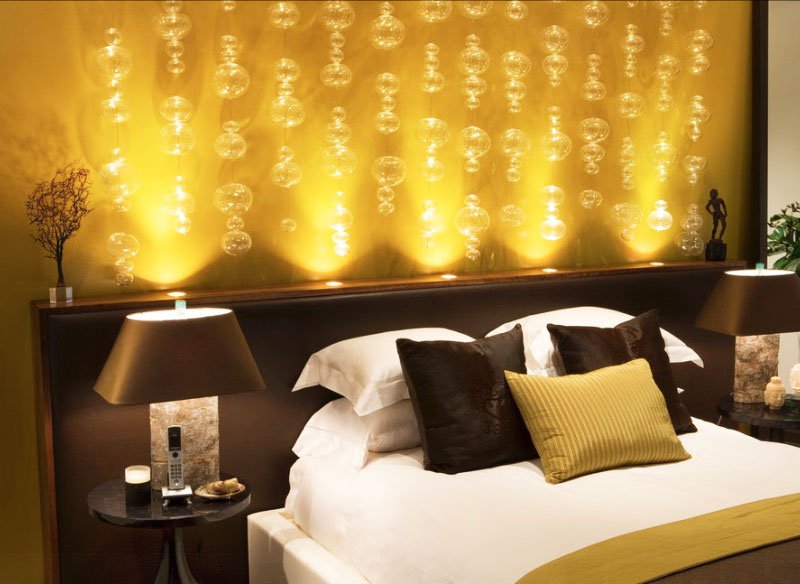
Yellow color effect on Human Body.
- Stimulates mental processes.
- Stimulates the nervous system.
- Activates memory.
- Encourage Communication.
Yellow Color Psychology Facts.
75% of the pencils sold in the United States are painted yellow.
The comic book character Green Lantern was afraid of the color yellow.
Yellow is psychologically the happiest color in the color spectrum.
Yellow signifies ‘Sadness’ in Greece’s culture and ‘jealousy’ in France’s culture.
During the tenth century in France, the doors of traitors and criminals were painted yellow.
Facts of Green Color Effects.
Color Green occupies more space in the spectrum visible to the human eye than other colors, and is second only to blue as a favorite color. Green is the pervasive color in the natural world. Making it an ideal backdrop in interior design because we are so used to seeing it everywhere.
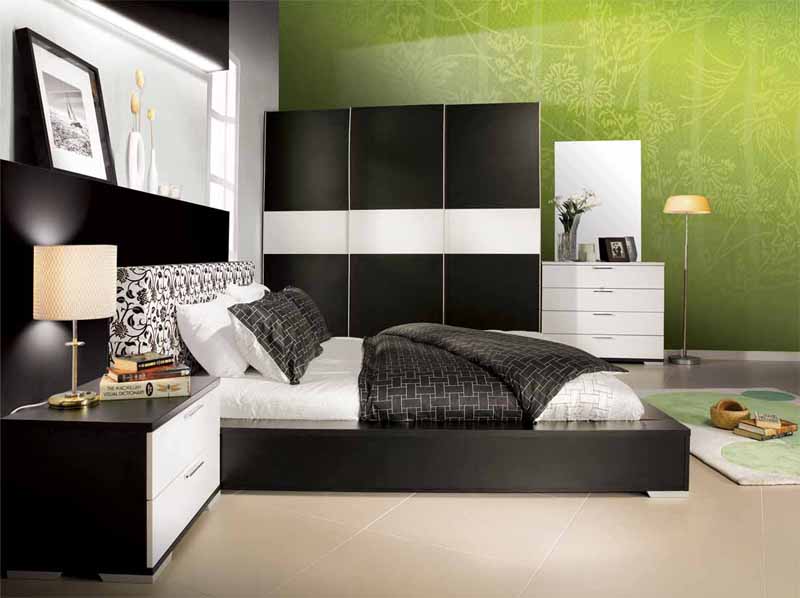
Green color effect on Human Body.
- Relaxes mentally, as well as physically.
- Helps alleviate depression, nervousness and anxiety.
- Offers a sense of renewal, self-control, and harmony.
Green Color Psychology Facts.
NASCAR racers have shared a bias against the color green for decades. Reportedly, it began after a 1920 accident in Beverly hills’, California, that killed defending Indianapolis 500 champion Gaston Chevrolet. It was the first known racing accident in the United States to kill two drivers, and Chevrolet reportedly was driving a green car.
Green is the color used for night vision goggles because the human eye is most sensitive to and able to discern the most shades of that color.
Green is the favorite color of George Washington, the first President of the United States.
Green Represent in Indian Tri colors, a green revolution.
The solid green flag of Libya is currently the only national flag of a single color.
There is a superstition that sewing with green thread on the eve of a fashion show brings bad luck to the design house.
Facts of Blue Color Effects.
Blue color effect is seen as trustworthy, dependable and committed. The color of ocean and sky, blue is perceived as a constant in our lives. As the collective color of the spirit, it invokes rest and can cause the body to produce chemicals that are calming.
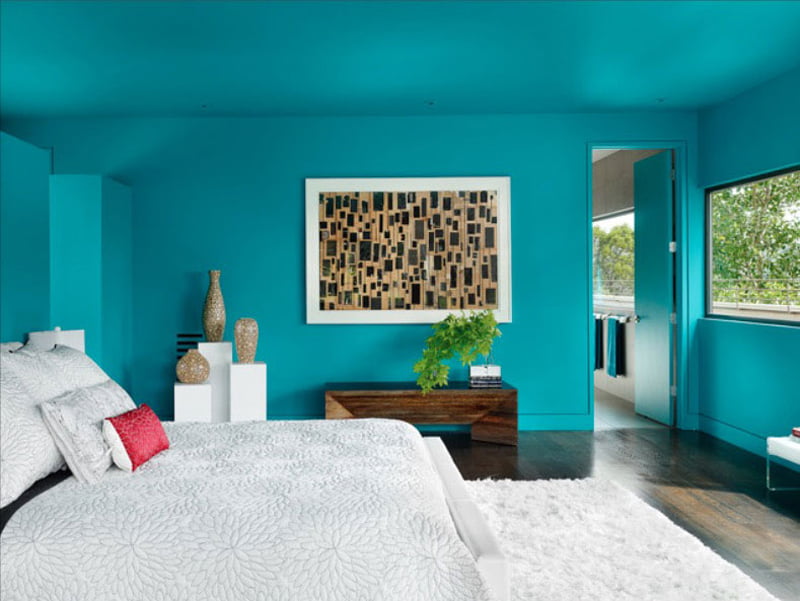
Blue color effect on Human Body.
- Calms and sedates.
- Relaxing bedroom colors.
- Aids Intuition.
Blue Color Psychology Facts.
People are often more productive in blue room.
Mosquito’s are attracted to the color blue twice as much as to any other colors.
Owls are the only birds that can see the color blue.
Blue is the favored color choice for toothbrushes.
Blue color is the least “Gender Specific” color, having equal appeal to both men and women.
Facts of Purple Color Effects.
Color Purple Effect embodies the balance of red’s stimulation and blue’s calm. Purple color give a sense of mystic and royal qualities. Purple is a color often well liked by very creative or eccentric types and is the favorite color of adolescent girls.
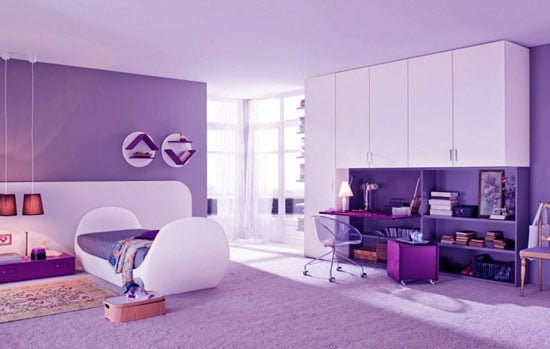
Purple color effect on Human Body.
- Purple Calms the mind and Nerves.
- To help in Uplifts Mood.
- Offers a sense of spirituality.
- Encourages Your Creativity.
Purple Color Psychology Facts.
During the silver age of Comic books, purple colored comic books sold better.
Purple was the royal color of the Caesars.
Purple was the color of the first dye made by man.
Purple is the color of Madison square garden, and seating for VIPs’ was once covered in purple.
Facts of Pink Color Effects.
Brighter pink color effect is youthful, fun, and exciting. While vibrant pinks have the same high energy as red, they are sensual and passionate without being too aggressive.
Toning down the passion of red with the purity of white. Results in the softer pinks that are associated with romance and the blush of a young woman’s cheeks.
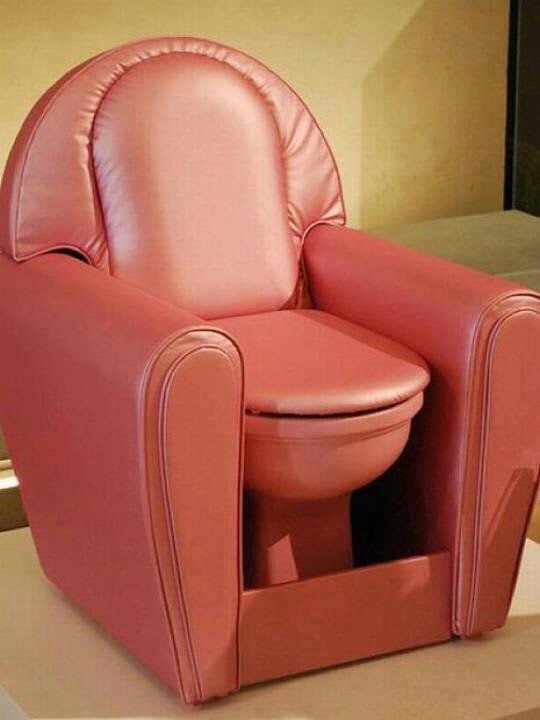
Pink color effect on Human Body.
- Bright pink effects to stimulate energy and increase the blood pressure, respiration, heartbeat and pulse rate.
- Pink also, encourage action and confidence.
- Pink color has been used in prison holding cells to effectively reduce erratic behavior.
Pink Color Psychology Facts.
In 1947, fashion designer Elsa Schiaparelli introduced the color Hot Pink to western fashion.
Pastries taste better when they come out of pink boxes. Or served on pink plates because pink make us crave sugar.
Pink color encourages friendliness, while discouraging aggression and ill will.
Studies of the color pink suggest that make weightlifters seem to lose strengths in pink room. While women weightlifters tend to become a stronger around the pink room color.
Since the color pink is said to have a tranquilizing effect, sport’s teams sometimes use pink to paint the locker room used by opposing teams.
Facts of Red Color Effects.
Red color has more personal associations than any other color. Recognized as a stimulating, red inherently exciting and the amount of red is directly related to the level of energy perceived.
Red color effect draws attention and a keen use of red hue as an accent can immediately focus attention on a particular element.
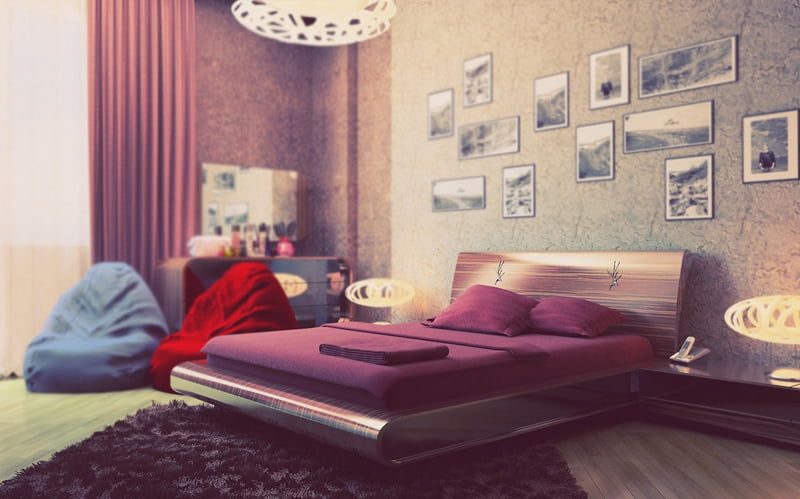
Red color effect on Human Body.
- Color red increases enthusiasm.
- Stimulates energy and can increase the blood pressure, respiration, heartbeat, and pulse rate.
- Encourages action and confidence.
- Provides a sense of protection from fears and anxiety.
Red Color Psychology Facts.
Bees can’t see the color red, but they can see all other bright colors. Red flowers are usually pollinated by birds, butterflies, bats, and wind, rather than bees.
The longest wavelength of light is red.
As per Feng Shui, painting the front door of a home red to invite prosperity to the residents.
Red is the first color you lose sight of at twilight.
Red is the highest arc of the rainbow.
Facts of Orange Color Effects.
Orange color is a close relative of red. Sparks more controversy than any other hue. There is usually strong positive or negative color effect association to orange.
True orange generally elicits a stronger “Love It’ or “Hate It” response, than other colors. Fun and flamboyant orange radiates warmth and energy.
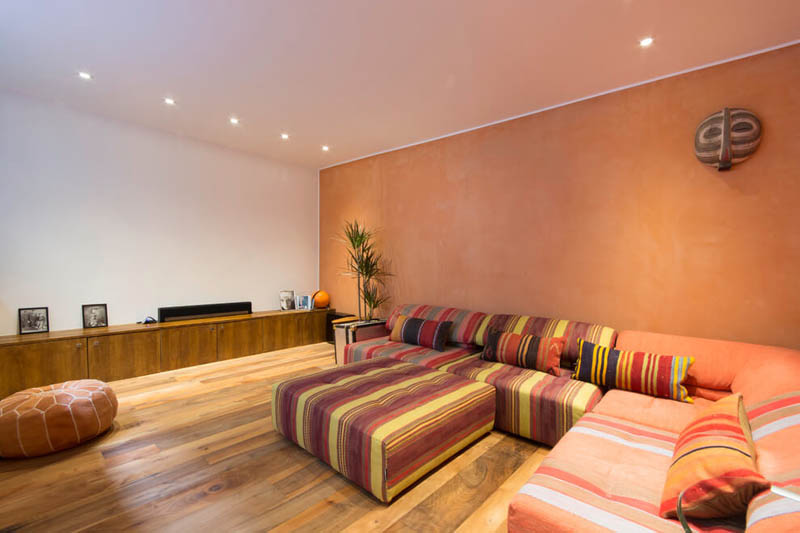
Orange color effect on Human Body.
- Stimulates activity by orange color.
- Orange color stimulates appetite.
- Color orange also encourages socialization.
Orange Color Psychology Facts.
Safety orange is a color used to set things apart from their surroundings.
The interior dash lights color is orange in older model Suburu cars.
Orange is the color of the united states army signal corps.
Orange is the color that means “High” in the color coded threat system.
Facts of White Color Effects.
Effect of White color projects purity, cleanliness, and neutrality. Doctors don white coats, brides traditionally wear white gowns, and a white picket fence surrounds a sage and happy home.
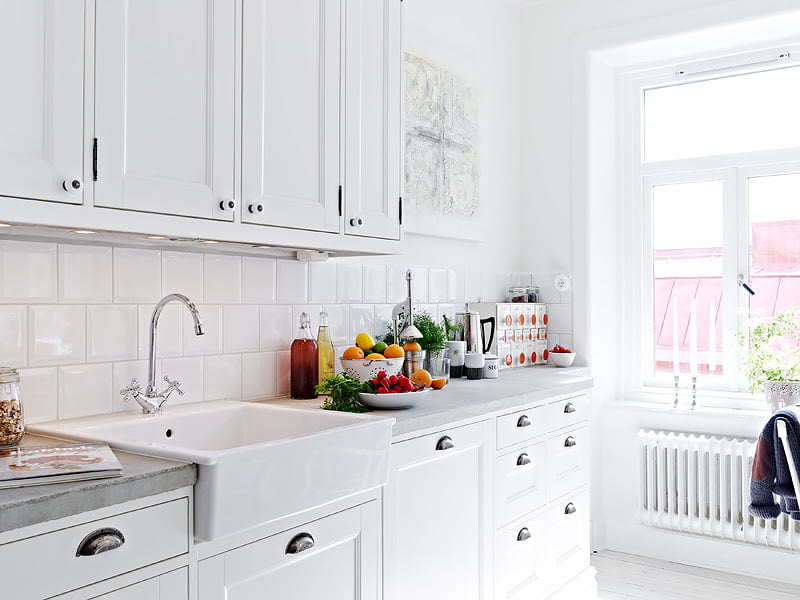
White color effect on Human Body.
- White color aids mental clarity.
- Color white is encourages us to clear clutter or obstacles.
- White evokes purification of thoughts or actions.
- White color effect enables fresh beginnings.
White Color Psychology Facts.
More shades of white are available commercially than any other color.
White clothing typically becomes translucent when wet.
A white flag is universally recognized as a symbol of truce.
Originally, scientist wore beige coats. In the late 19th century, medical professionals choose white ones. The color white was chosen because of the idea of hope and expectations for healing and recovery that the physicians would bring.
According to Pantone Inc. White is the best selling color for the classic t-shirt.
Facts of Gray Color Effects.
Gray is the color of intellect, knowledge, and wisdom. It is perceived as long lasting, classic, and often as sleek or refined. It is a color that is dignified, conservative, and carries authority.
Gray is a perfect neutral, which is why designers often use it as a background color.
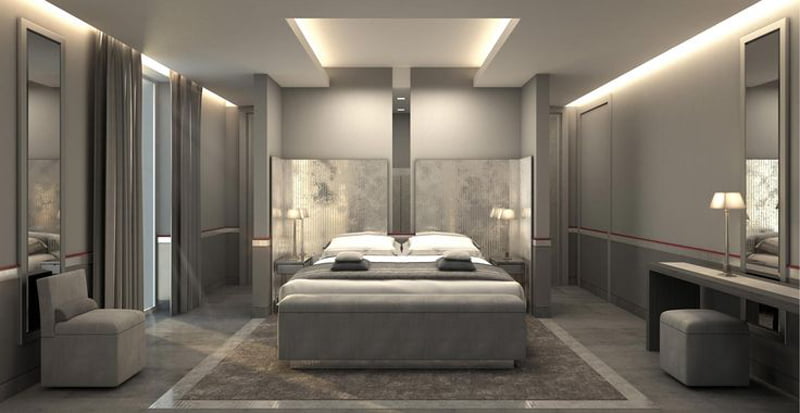
Gray color effect on Human Body.
- Gray Color Effect creates Expectations.
- Color gray unsettles mind.
Gray Color Psychology Facts.
Gray color is representative of pessimism.
The New York Times is sometimes called Gray Lady.
The human eye can distinguish about 500 shades of gray.
Gray is associated with intellect and the brain is composed of “Gray Matter”.
Gray represents non involvement, giving it a formal authority.
Facts of Black Color Effects.
Effect of Black color is authoritative and powerful, because black can evoke strong emotions, too much can be overwhelming. Black represents a lack of color, the primordial void, emptiness.
It is a classic color for clothing, possibly because it makes the wearer appear thinner and more sophisticated.
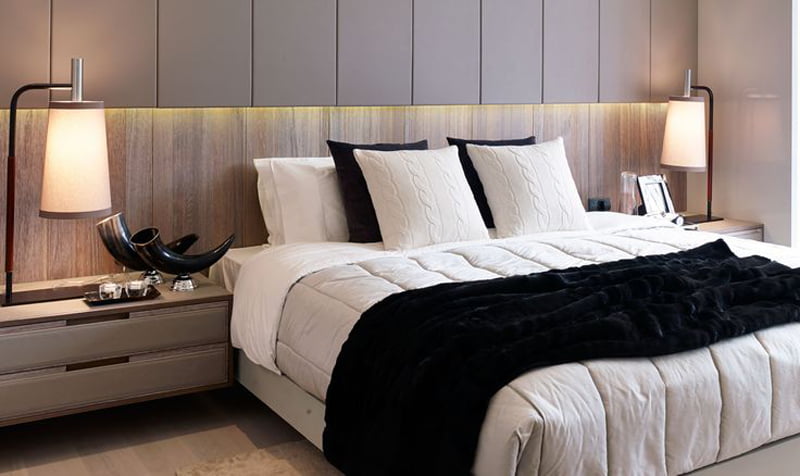
Black color effect on Human Body.
- Black color makes one feel inconspicuous.
- Color black provides a restful emptiness.
- Black effect is mysterious by evoking a sense of potential and possibility.
Black Color Psychology Facts.
One old wives’ tale claims that if a woman is buried wearing the color black, she will come back to haunt the family.
In England, taxi cabs are traditionally black.
The color black is so widely regarded as sophisticated in fashions that the term ‘the new black’ is often used to describe and give merit to a color trend.
The color black is associated with sophistication and power. Tuxedos, limousines, judge’s robes, and priests’ attire are all typically black.
Black implies weight. People will think a black box weights more than a white one.
Ref : sensationalcolor.com
Know more about Psychology of Room Decoration.
- Interior Design Ideas with Psychological Point of View Home Decor.
- How To Design : The Ideas Behind Designing Corporate Spaces.
- Shades of White Color in Modern House with Valley View.
- Best Color Combinations Examples With Black Or White For House Interiors.
- Combination Of Brightness And Contrast Is Important In Your Interiors.
- Bright Paint Color Ideas For A Family Home Decor.
So, Wingers – these is the entire ideas of room color effect. Hope you get the basic ideas about particular color effects on human mind, person’s mood, and human behavior. You can select your room color combinations as per their effects. Have a thoughts on it, share with us.


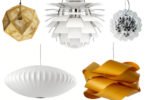


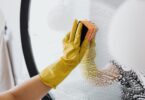

Leave a Comment
You must be logged in to post a comment.